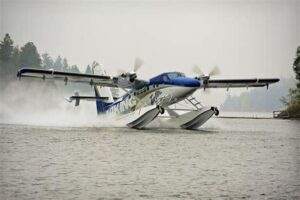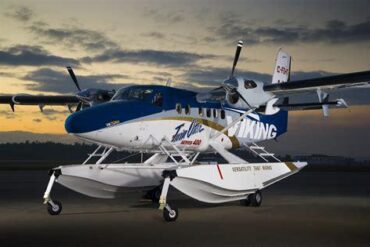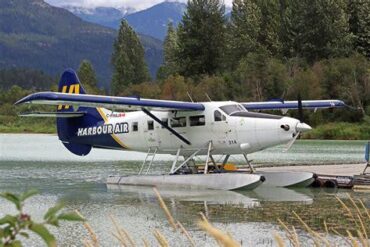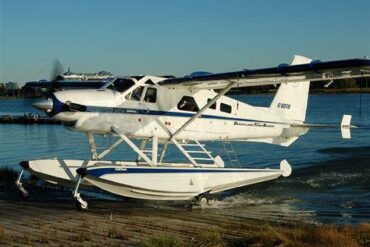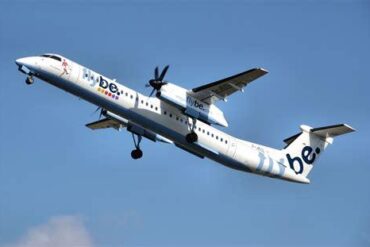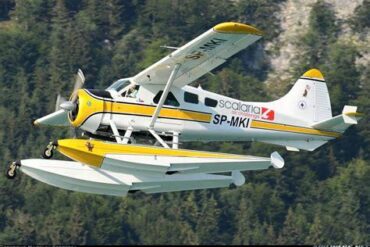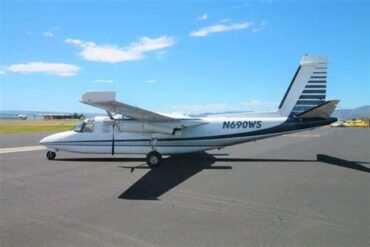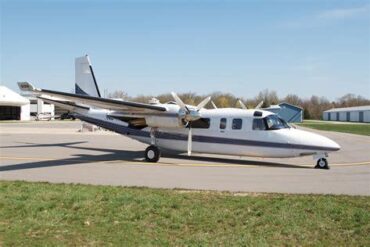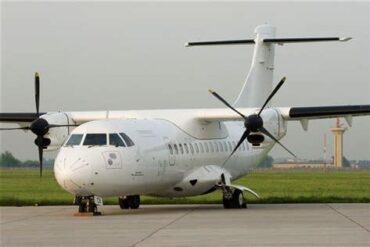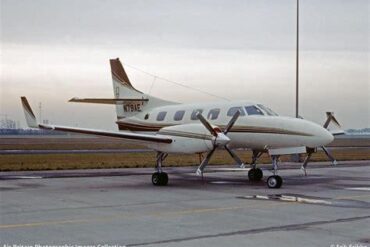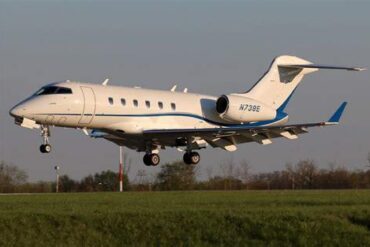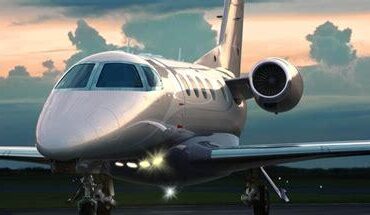The Viking Air/DeHavilland 6-300 Twin Otter is a versatile aircraft renowned for its rugged design and impressive performance in various environments. This article delves into the price of the Twin Otter and its operating costs, offering a comprehensive analysis for potential buyers and operators.
Overview of the Twin Otter
The DHC-6 Twin Otter, originally designed by de Havilland Canada, has been a mainstay in the aviation industry since its introduction in the 1960s. The Viking Air version, which began production in the early 2000s, has continued this legacy with modern upgrades while maintaining the aircraft’s renowned reliability and versatility. The Twin Otter is particularly favored for short takeoff and landing (STOL) capabilities, making it ideal for operations in remote regions where runways may be limited.
Specifications and Features
-
Capacity: The Twin Otter can typically seat up to 19 passengers or carry about 1,500 pounds of cargo, making it suitable for both passenger and freight operations.
-
Range: With a maximum range of approximately 1,000 nautical miles, the aircraft can efficiently service regional routes.
-
Cruising Speed: The Twin Otter has a cruising speed of around 180 knots, allowing for timely transportation in various conditions.
-
Engines: Powered by PT6A-34 turboprop engines, the Twin Otter is capable of operating in challenging environments, including high altitudes and hot temperatures.
Price of the Viking Air/DeHavilland 6-300 Twin Otter
The price of a new Viking Air/DeHavilland 6-300 Twin Otter can vary significantly based on factors such as configuration, optional equipment, and specific customer requirements. Generally, the list price for a new Twin Otter hovers around $6 million to $7 million. However, this cost can fluctuate based on market demand, additional features, and customization options.
Used Market Prices
For those considering a pre-owned option, the prices can vary widely. Depending on the age, condition, and total flight hours, used Twin Otters can be found in the range of $1 million to $4 million. Factors influencing the price include:
-
Airframe Condition: Aircraft that have been well-maintained and are low on flight hours will command higher prices.
-
Modifications and Upgrades: Aircraft equipped with modern avionics, enhanced cabin layouts, or other significant upgrades may see an increase in value.
-
Market Demand: The availability of similar aircraft in the market and the general demand for STOL aircraft can also impact pricing.
Operating Costs of the Twin Otter
Understanding the operating costs is crucial for potential owners and operators. The operating costs of the Twin Otter can be broken down into several categories:
Fuel Costs
Fuel consumption is one of the most significant ongoing expenses for any aircraft. The Twin Otter typically burns around 30 to 40 gallons of fuel per hour, depending on the operational conditions and weight. Given the current average price of aviation fuel, operators can expect fuel costs to be approximately $150 to $200 per hour of flight time.
Maintenance Costs
Regular maintenance is essential to ensure the safety and reliability of the aircraft. The maintenance costs for the Twin Otter can average around $300 to $400 per flight hour. This includes routine inspections, parts replacement, and labor costs. Operators should also consider:
-
Scheduled Maintenance: Adhering to the manufacturer’s recommended maintenance schedule helps mitigate long-term costs.
-
Unscheduled Repairs: Unexpected repairs can arise, so it’s prudent to set aside a budget for these contingencies.
Crew Costs
Hiring qualified pilots and crew members adds to the operating costs. Depending on location and experience, pilot salaries can range from $60,000 to $100,000 annually. Additionally, training costs for pilots transitioning to operate the Twin Otter should also be factored in, potentially adding $5,000 to $10,000 for initial training.
Insurance Costs
Insurance is a necessary expense for any aircraft operator. The insurance premiums for the Twin Otter can vary based on factors such as operational history, geographic location, and flight experience of the crew. On average, operators can expect to pay between $15,000 and $30,000 annually for insurance coverage.
Hangar and Storage Costs
Depending on the location, hangar fees can add to the overall operating costs. In metropolitan areas, hangar fees may range from $1,000 to $3,000 per month. In contrast, rural areas might offer more affordable options. It’s essential to budget for this ongoing expense as part of the overall ownership costs.
Cost-Benefit Analysis
When evaluating the Viking Air/DeHavilland 6-300 Twin Otter, it’s essential to conduct a thorough cost-benefit analysis. While the initial investment and operating costs may seem substantial, the potential returns can be significant. The Twin Otter’s versatility allows it to serve various markets:
-
Charter Services: Many operators utilize the Twin Otter for passenger and cargo charter services, capitalizing on its STOL capabilities.
-
Tourism: The aircraft is popular in tourist-heavy regions, providing scenic flights and access to remote locations.
-
Cargo Transport: Its ability to carry substantial payloads over short distances makes it an attractive option for freight companies, especially in areas with limited infrastructure.
Conclusion
In conclusion, the Viking Air/DeHavilland 6-300 Twin Otter represents a robust investment for operators seeking a reliable and versatile aircraft. With a purchase price ranging from $1 million to $7 million and operating costs that can be managed effectively, the Twin Otter offers significant opportunities across various sectors. Whether utilized for passenger transport, cargo delivery, or specialized missions, the Twin Otter continues to be a preferred choice in aviation. Investing in this aircraft not only enhances operational capabilities but also opens doors to lucrative markets, making it a wise decision for many aviation professionals.
